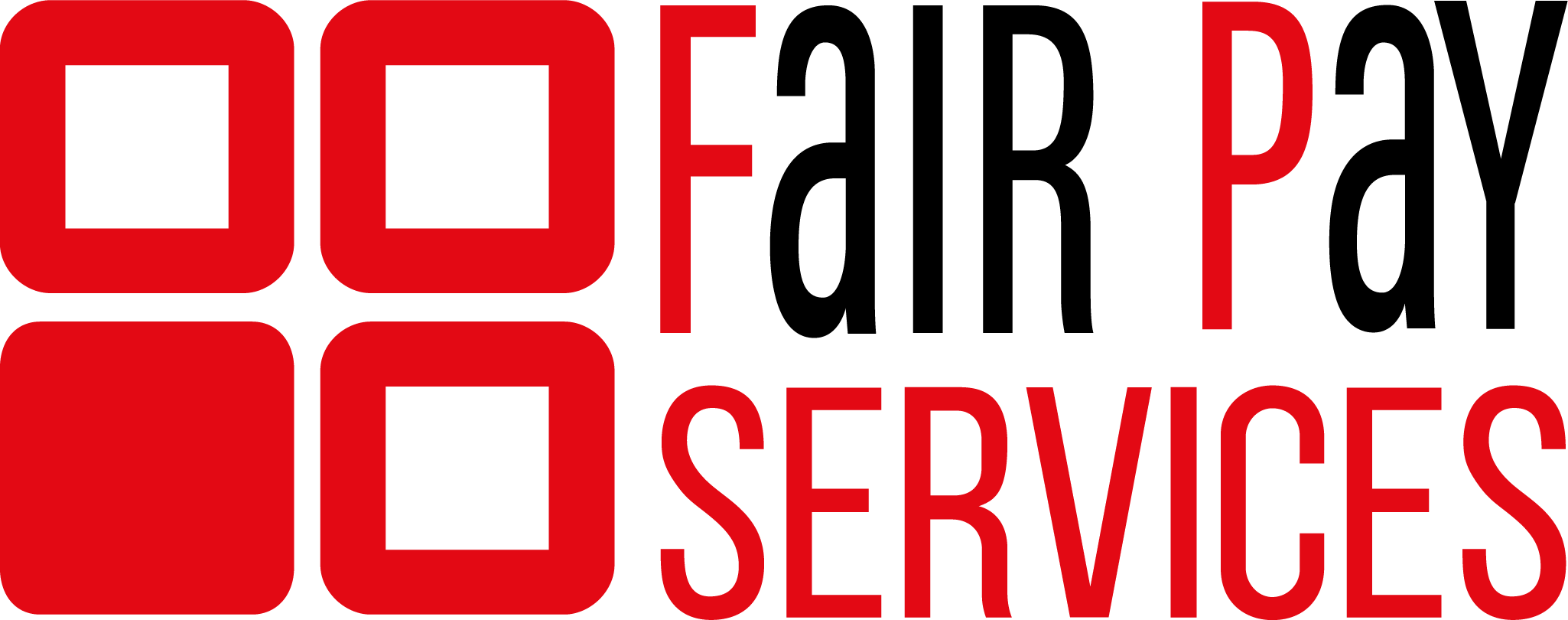If you’ve engaged overseas contractors on a skilled worker visa, there are some recent changes that you need to be aware of. The main effect is to make it easier for workers to take additional work, once the conditions of their sponsorship are met. In this article we’ll look at what’s changing, and how it may affect your contractors.
What is a skilled worker visa?
The Skilled Worker Visa is part of the UK’s points-based immigration system designed to attract skilled workers from around the world. Here’s how it generally works:
Eligibility: To be eligible for a Skilled Worker visa, the applicant typically needs to have a job offer from a UK employer who has a valid sponsorship license. The job must also meet certain skill and salary requirements. It is not possible for the sponsor to contract out the worker to a third party, so if your contractors are using this type of visa the end client will be the sponsor.
Points-based system: To qualify for the visa, the applicant needs to score a minimum number of points. Points are awarded based on factors such as your job offer, English language skills, and salary.
English language requirement: You must demonstrate your English language proficiency by passing an approved English language test, unless you’re exempt.
Financial requirement: You may need to show that you have enough money to support yourself in the UK, depending on your circumstances and whether your employer is willing to certify maintenance for you.
Duration: The Skilled Worker visa can be granted for up to five years initially, and it can be extended further. After a certain period of continuous residence in the UK, the applicant may become eligible for settlement (indefinite leave to remain).
Supplementary employment
As well as the job specified on the certificate of sponsorship, a skilled worker is allowed to take on additional work. If all of the below conditions apply, the additional work fits within the existing conditions of their visa and they do not need to inform the Home Office.
- The job is the same occupation code as the sponsored job, or is listed on the Immigration Salary List (ISL) This replaced the Appendix Shortage Occupation List in April 2024.
- The additional job is no more than 20 hours a week
- It’s outside the working hours of their sponsored job.
You can view the full information on GOV.UK by Clicking Here.
How have the supplementary employment rules changed?
From April 2024, the permitted occupations for supplementary employment in the skilled worker route are being broadened to include all occupations eligible for the route. In other words, the “skilled worker” is now permitted to undertake supplementary employment in any role that is listed on the Immigration Salary List – it no longer needs to be the same occupation as their sponsored role.
What this means for recruiters
If you’ve engaged overseas workers on a skilled worker visa and they want to take on supplementary work, you can now place them in a wider variety of roles.
For example, an overseas-trained teacher who is sponsored by a UK school could feasibly take supplementary work in any education role for which they were qualified, as they all appear on the ISL – as long as it meets the other criteria for supplementary work.
If you have questions or if we can help in any way, please call our expert team on 01604 360222 or email [email protected].


Recent Comments